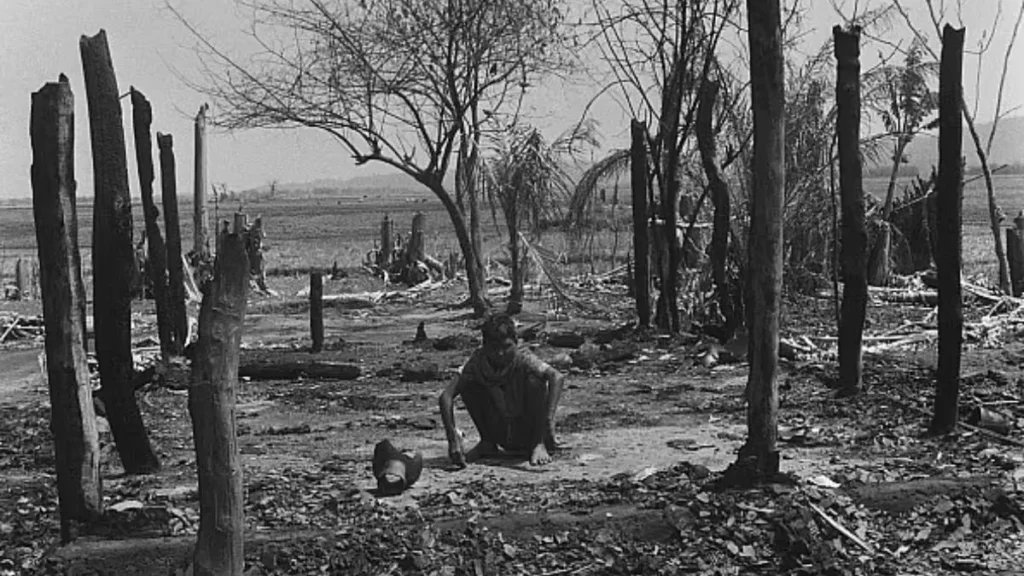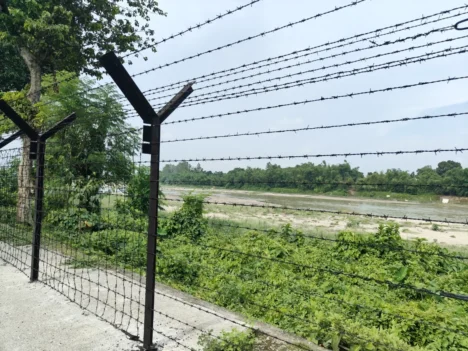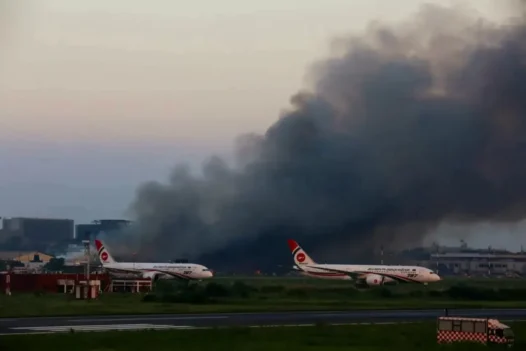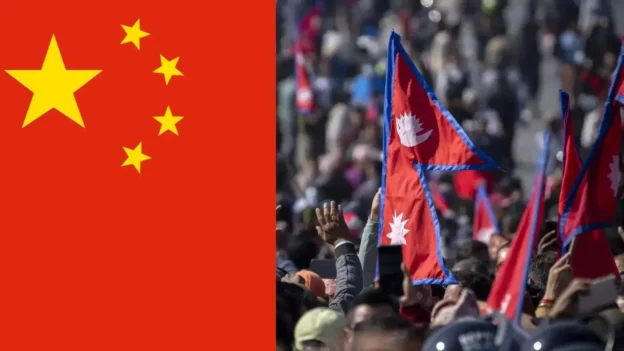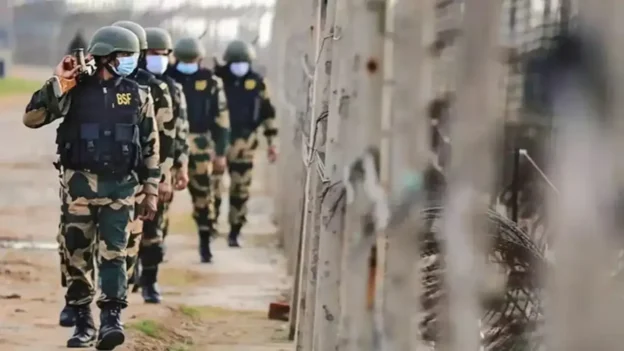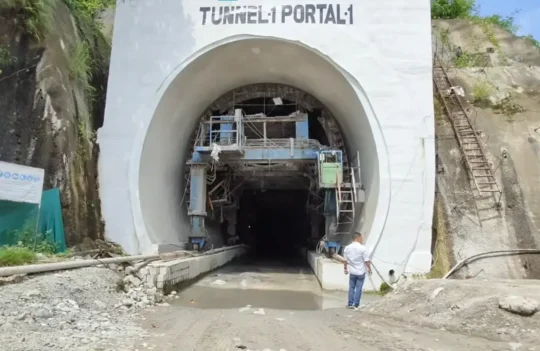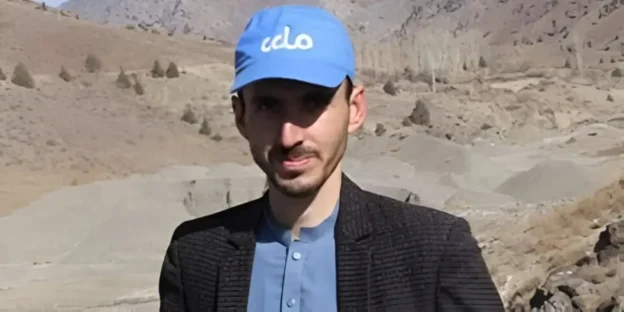After almost forty-three years of silence, Assam stands on the verge of reopening one of its darkest and most painful chapters — the Nellie massacre of 1983. The state government has announced its decision to finally table the long-suppressed Tiwary Commission Report in the upcoming November session of the Assembly. The move comes at a moment when Assam’s political and emotional landscape is already tense — with the public still demanding clarity on the death of singer Zubeen Garg in Singapore. Yet, for many families who have lived with the scars of Nellie, this long-awaited gesture signals not turmoil, but the faint promise of justice.
It was on July 14, 1983, that the then Assam government formed a commission under the leadership of T.P. Tiwary to investigate the horrific killings. The 551-page report was submitted a year later, in May 1984, to Chief Minister Hiteswar Saikia’s government — and then buried. For four decades, it remained locked away, shielded by successive governments, as if too heavy a truth to bear. But memory, as always, refuses to fade. In Nellie, where rivers still flow past the cluster of 16 small villages, survivors remember the day the world collapsed around them — February 18, 1983 — when over 2,000 people, mostly migrant Muslims, were slaughtered in just six hours of frenzied violence.
The massacre took place during the height of the Assam Movement, a time when identity, citizenship, and belonging were being bitterly contested. In Nellie, Assamese Hindus and indigenous tribal neighbours turned upon those they had lived beside for decades. The victims were families who had migrated from East Bengal generations ago, tilling the same fields and raising their children on the same soil. “It was like the earth had split open that day,” recalled one survivor in and previous exchange, “and we were swallowed by hate.”
According to reports the police filed 688 cases, and charge sheets were prepared for 310 of them. Yet, the signing of the Assam Accord in 1985 washed away accountability — granting impunity to all those accused. Justice froze in its tracks, and an entire generation grew up with unanswered questions and unacknowledged pain.
Now, with the report finally set to be tabled, the debate has reignited. PTI reports that the All Assam Students’ Union (AASU), once at the forefront of the agitation that preceded the massacre, “spoke in favour of the government”. AASU president Utpal Sarma told PTI that it was wrong to keep such an important document hidden for so long. “It was a commission formed by the government,” he said. “Why successive governments didn’t table it is a big question.” He added that while justice for Zubeen Garg must continue to be pursued, the Nellie report deserves its own rightful place in public conscience.
The opposition, however, remains divided. Congress leader Debabrata Saikia has questioned the timing, asking whether reopening old wounds could disturb the fragile peace in Morigaon. “People are living in harmony now,” he said. “Why scratch those wounds after 43 years? Is this being done to stir sentiments before the elections?” He even suggested that the move was politically motivated — an attempt to divert attention from public outrage over Garg’s death.
One filmmaker and a few intellectuals have echoed Saikia’s concerns, saying the moment is “not opportune.” But for others — scholars, rights activists, and, most importantly, the survivors — justice delayed must not mean justice denied. As one academic put it, “Real harmony is built on truth, not silence.”
In her paper Denying the Animosity: Understanding Narratives of Harmony from the Nellie Massacre, 1983, researcher Jabeen Yasmeen of IIT-Bombay calls Nellie one of the worst mass killings in post-Independent India, arguing that it should be called genocide, not massacre. Others, like Padmini Baruah and Angshuman Choudhury in their essay Forgetting Nellie: Forty-Two Years and Counting, describe it as “a cataclysmic ethnic cleansing.” Both agree that Nellie remains a wound too often overlooked — absent from India’s national consciousness despite its enormity.
The massacre’s ghosts linger quietly in the villages of Nellie. Survivors still speak in hushed tones of that dawn — of smoke, screams, and the helplessness of women and children as they ran from men with daos and torches. Many men escaped through the wetlands, while the most vulnerable were caught and slaughtered. Their descendants live today beside those whose ancestors may have wielded the weapons. Their coexistence is fragile, maintained through silence and the sheer exhaustion of time.
And yet, for the families of the victims, time has not dulled the memory — only deepened the ache. They want answers. They want the truth to finally see daylight. “You can’t build peace on buried truths,” says one resident of Nellie. “We need to know what happened, who was responsible, and why justice was denied.”
As Assam prepares to open the pages of a report long sealed in dust, one question rises above the political noise — can truth heal what silence has failed to? Whether the Tiwary Commission report will lead to justice or merely stir up old grief remains uncertain. But one thing is clear: the story of Nellie cannot be erased. It must be remembered — not as a wound to reopen, but as a truth that must finally be faced.
For in Assam’s history, Nellie is not just a tragedy. It is a mirror. And what it reflects — about hate, denial, and the cost of forgetting — is something every generation must reckon with.

